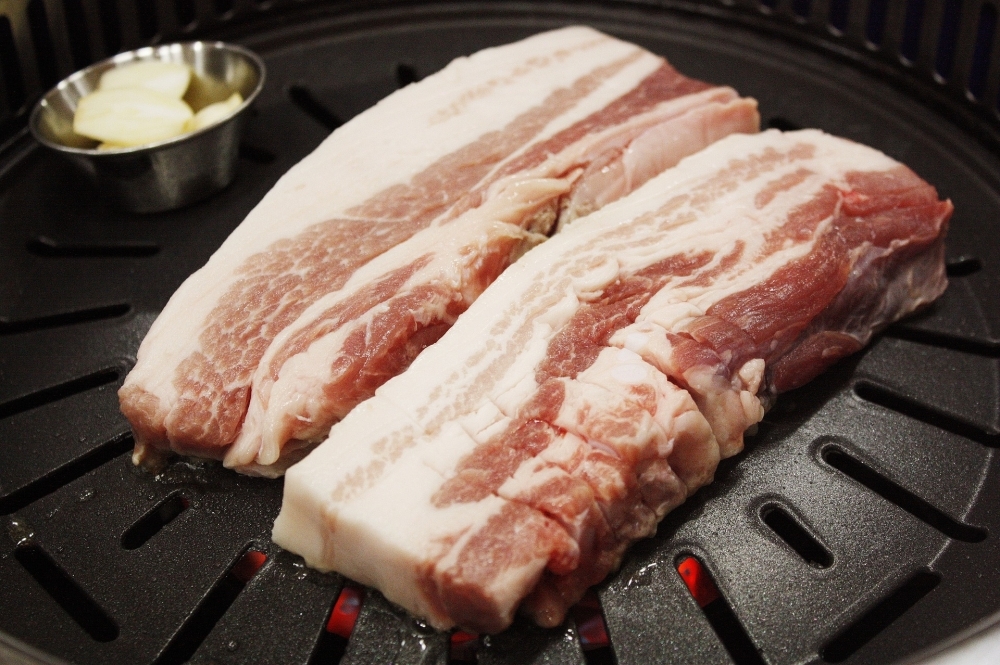Pork shortage hits Namibia
Local industry mulls solutions
A major contributor to the shortage of meat, including pork, is the foot-and-mouth disease (FMD) outbreak in South Africa.
Namibians are facing a growing shortage of fresh, unprocessed meat on store shelves, especially pork.
One of the biggest contributing factors to this is an outbreak of foot-and-mouth disease (FMD) in South Africa, which has caused the market to experience a critical shortage.
Desmond Cloete, chief marketing officer at the Meat Board of Namibia, does not expect the situation to change soon in terms of the presence of FMD in South Africa.
"Local pig production meets only about 50% of the demand in the formal market. This means there is a deficit of 50%.
"It has always been supplemented with products from South Africa. Due to the outbreak of foot-and-mouth disease in South Africa, a moratorium has been placed on imports of fresh, unprocessed pork from South Africa," he explains.
Pricey options
He adds: "Importers started looking at buying pork from countries like Spain and Germany. However, the products come with certain import tariffs, which will make the product on the shelf so expensive that it will not be viable for importers."
Cloete says that usually a shortage of supply and greater demand lead to increased prices.
However, they only recently started keeping a consumer price index, and it is still difficult to determine whether there is an upward pressure on consumer prices in terms of meat.
"We don't have that much historical data available yet. However, pork and chicken are the cheaper proteins if you compare them to mutton and beef."
Beef
Cloete says South Africa's FMD situation has had numerous negative consequences for Namibia.
"We cannot bring in breeding material from the neighbouring country. We also cannot bring in fresh, unprocessed beef and pork. Our imports of beef are also affected, especially when it comes to, for example, the restaurant industry and the steaks that are often eaten there.
"The ones we produce ourselves, we export to Norway and Europe. At the same time, there is a shortage of slaughter cattle locally because farmers are still, after the drought, rebuilding herds and keeping cattle back," Cloete explains.
Finding solutions
Cloete says that rather than hoping that the neighbouring country's FMD problem will be solved, other plans are being drawn up locally.
"South Africa has well-established compartments or biosecurity zones when it comes to their pig-producing areas.
"We have made a request to Namibia's veterinary services to negotiate with their counterparts in South Africa to audit the compartments. If they are satisfied with how the regulations for biosecurity are done, it is possible that compartments may be approved that may once again supply pork to Namibia."
Cloete says that pork products are currently also imported from Europe, especially for local companies that use the processed form of it in their products, but that certain import tariffs apply to this.
"There are currently negotiations with the authorities to get a waiver of the import tariffs, but this is a process that is still ongoing."
– [email protected]
One of the biggest contributing factors to this is an outbreak of foot-and-mouth disease (FMD) in South Africa, which has caused the market to experience a critical shortage.
Desmond Cloete, chief marketing officer at the Meat Board of Namibia, does not expect the situation to change soon in terms of the presence of FMD in South Africa.
"Local pig production meets only about 50% of the demand in the formal market. This means there is a deficit of 50%.
"It has always been supplemented with products from South Africa. Due to the outbreak of foot-and-mouth disease in South Africa, a moratorium has been placed on imports of fresh, unprocessed pork from South Africa," he explains.
Pricey options
He adds: "Importers started looking at buying pork from countries like Spain and Germany. However, the products come with certain import tariffs, which will make the product on the shelf so expensive that it will not be viable for importers."
Cloete says that usually a shortage of supply and greater demand lead to increased prices.
However, they only recently started keeping a consumer price index, and it is still difficult to determine whether there is an upward pressure on consumer prices in terms of meat.
"We don't have that much historical data available yet. However, pork and chicken are the cheaper proteins if you compare them to mutton and beef."
Beef
Cloete says South Africa's FMD situation has had numerous negative consequences for Namibia.
"We cannot bring in breeding material from the neighbouring country. We also cannot bring in fresh, unprocessed beef and pork. Our imports of beef are also affected, especially when it comes to, for example, the restaurant industry and the steaks that are often eaten there.
"The ones we produce ourselves, we export to Norway and Europe. At the same time, there is a shortage of slaughter cattle locally because farmers are still, after the drought, rebuilding herds and keeping cattle back," Cloete explains.
Finding solutions
Cloete says that rather than hoping that the neighbouring country's FMD problem will be solved, other plans are being drawn up locally.
"South Africa has well-established compartments or biosecurity zones when it comes to their pig-producing areas.
"We have made a request to Namibia's veterinary services to negotiate with their counterparts in South Africa to audit the compartments. If they are satisfied with how the regulations for biosecurity are done, it is possible that compartments may be approved that may once again supply pork to Namibia."
Cloete says that pork products are currently also imported from Europe, especially for local companies that use the processed form of it in their products, but that certain import tariffs apply to this.
"There are currently negotiations with the authorities to get a waiver of the import tariffs, but this is a process that is still ongoing."
– [email protected]




Comments
Namibian Sun
No comments have been left on this article